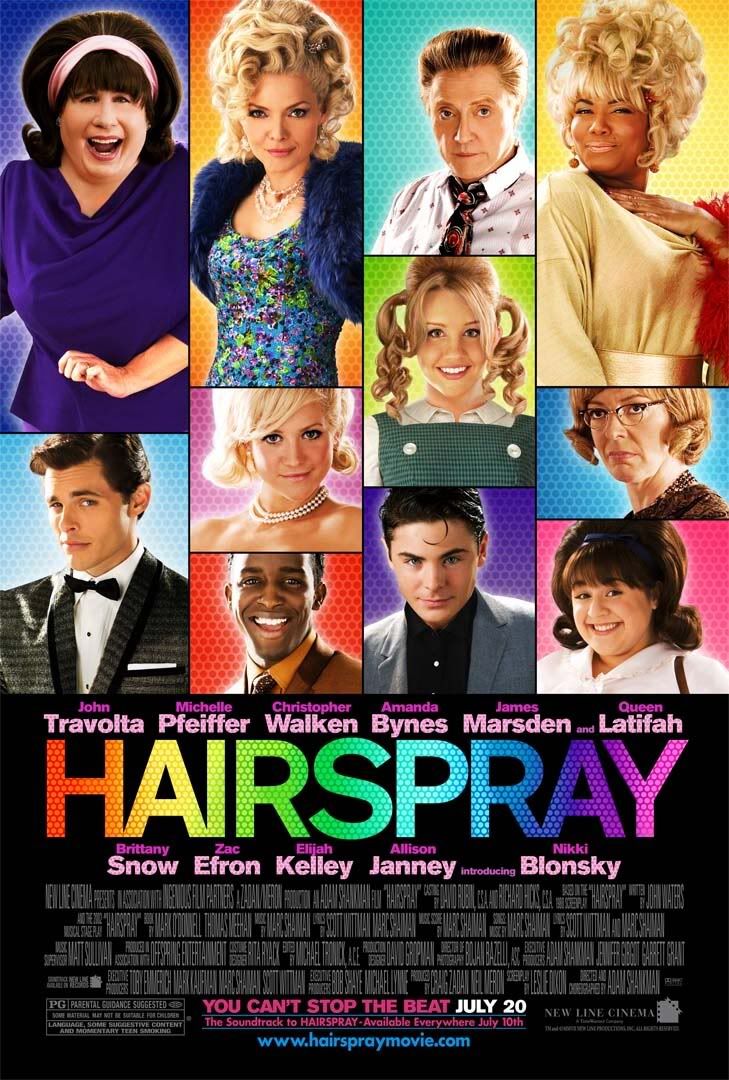
Despite a disappointing lack of promotion, I managed to learn of and visit an exhibition of the master street photographer Henri Cartier-Bresson this afternoon. If you don't know him, you're wrong. Allow me to rephrase. You may not know of the man, but it's fairly unlikely that you have never seen his work. His are some of the most famous photographs ever, and they are the sort that stick in your mind. You see one for the second time, years later, and it won't be, "Gee, that looks familiar." No, it's going to be, "Wow. That is still amazing even though cold, hard reality has crushed my spirit in the intervening years." I see his pictures, and what blows me away is that they can never be duplicated. Cartier-Bresson captured the "decisive moments" in his life, those that lasted only seconds but revealed what lay beneath, and preserved them for the rest of us. That and the strength of the lines one finds in his urban landscapes make me want to run from my camera screaming, "Unworthy!" Check out a portfolio at Magnum Photos, an organization which Cartier-Bresson helped to found.
And yet I feel inspired to once again share a piece of my own, one that no one in their right mind would ever mistake for a Cartier-Bresson. Still, this makes a good run for being my favorite. On the technical level, this shot covers the bases fairly well. The primary element, being Madie tying her shoe, is balanced by the incoming runner, and there is a full range of value, running from the white of her shirt to the black of the track with her skin and the grass providing intermediary tones. It's even in focus, and the folds on her rolled-up sleeves are crisp and clean.
But those are the minimum. It takes more than that to be decent. For me, it's the energy contained in her actions. That reads ridiculously. She is only tying her shoes. In a few minutes she will be running 800s with, I'm guessing here, 3:20 splits. That's energy. Shoe-tying? Not so much. But that's not what I see when I run through the contact sheet of the photos taken at that practice. Maybe it's because framing up and focusing the running shots is more difficult, but this is better than all of them. Here there is energy. Her hands move in to tighten the laces. Her free leg is not lolling on the ground but straight and taut. The few strands of hair that have been caught up in the wind and might otherwise prove a distraction to be pushed behind an ear are allowed their play. She is intent and ready.
The only flaw that seriously detracts from this photo for me, is the shadow on my sister's face. Madie says it makes her look like she's crying, which she definitely is not here. I find the sudden darkness distracting as it certainly is not what you would expect after considering the rest of the picture. I guess I could print it again and dodge it a little, but the idea of manipulating my pictures outside of adjusting the frame after shooting has become repulsive to me. I should not be making up for an inadequate original shot with more time in the dark room. It is a feeling not unlike sliding a essay into a clear plastic folder to guarantee an 'A.' Then again, I have not seen the inside of a darkroom for weeks and have some nine rolls of film to develop. We will see what happens then.




